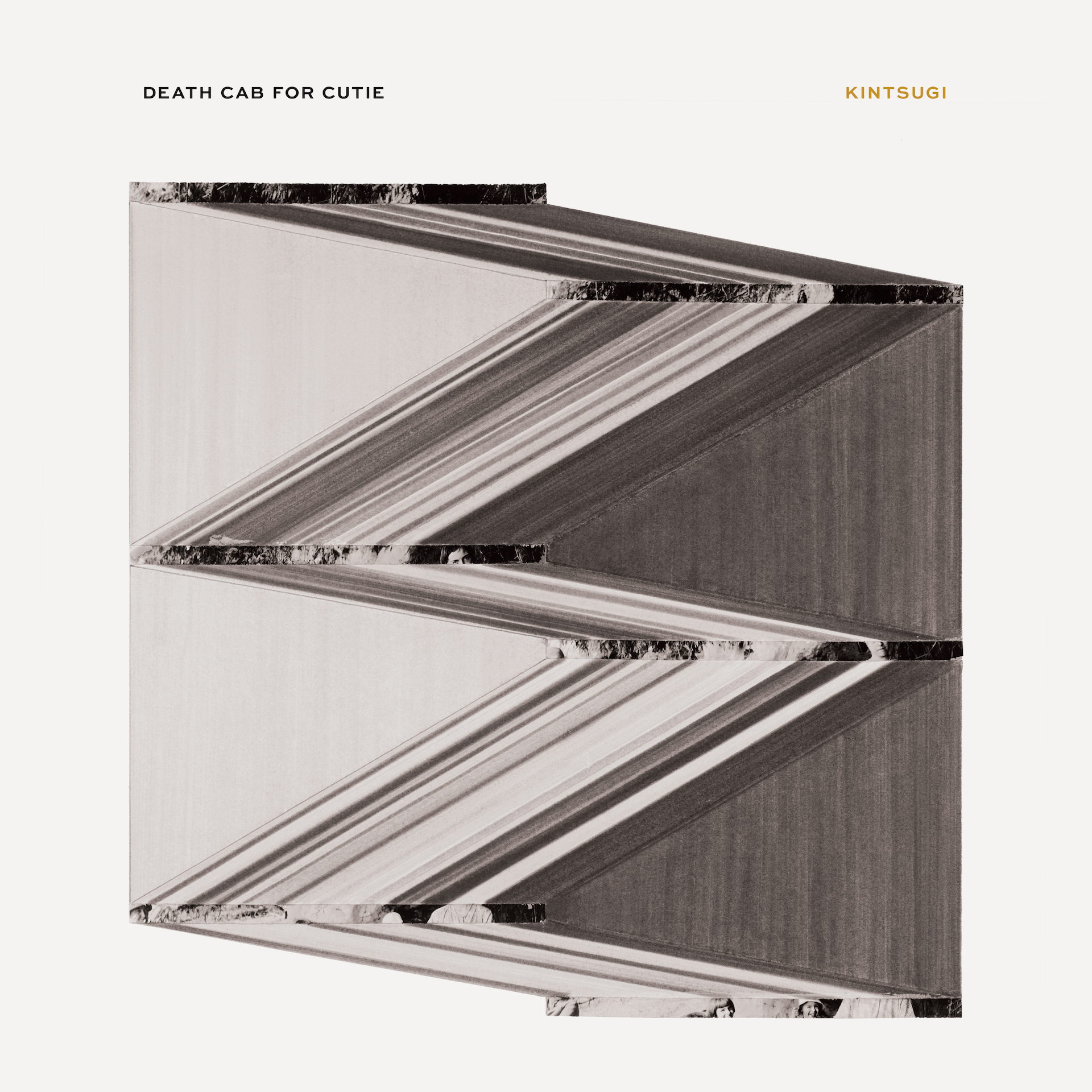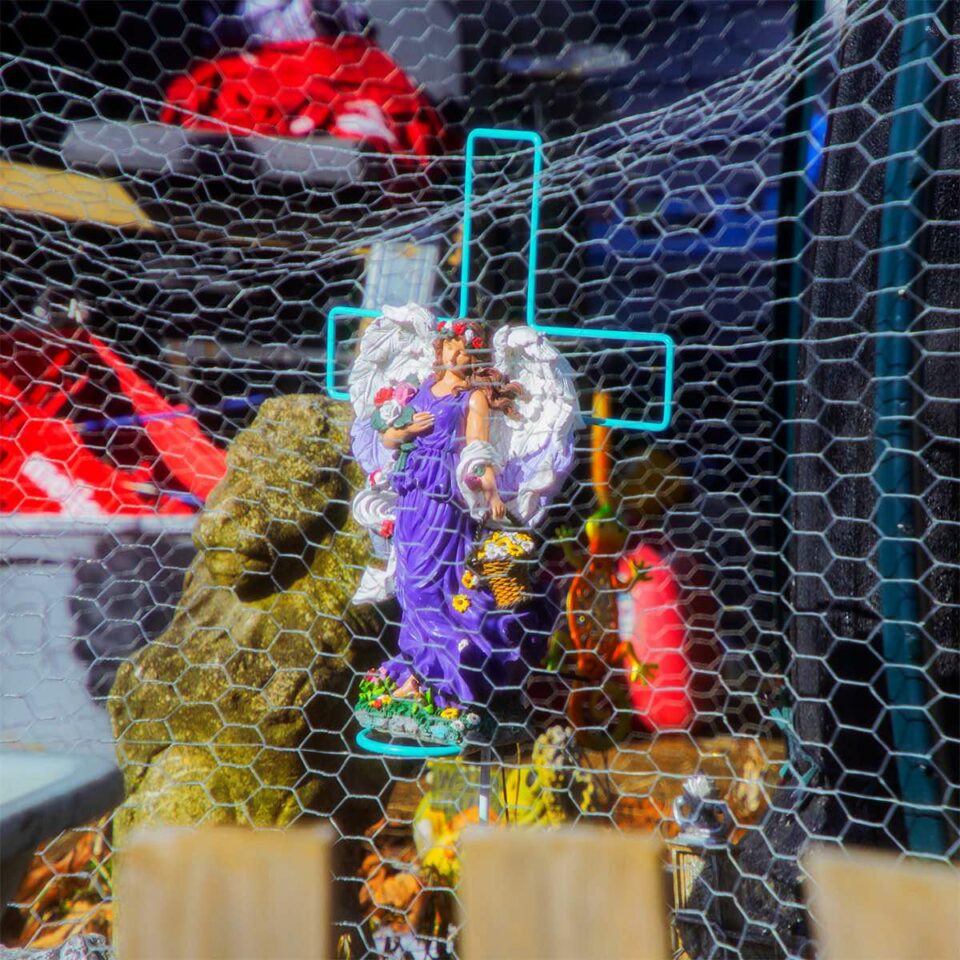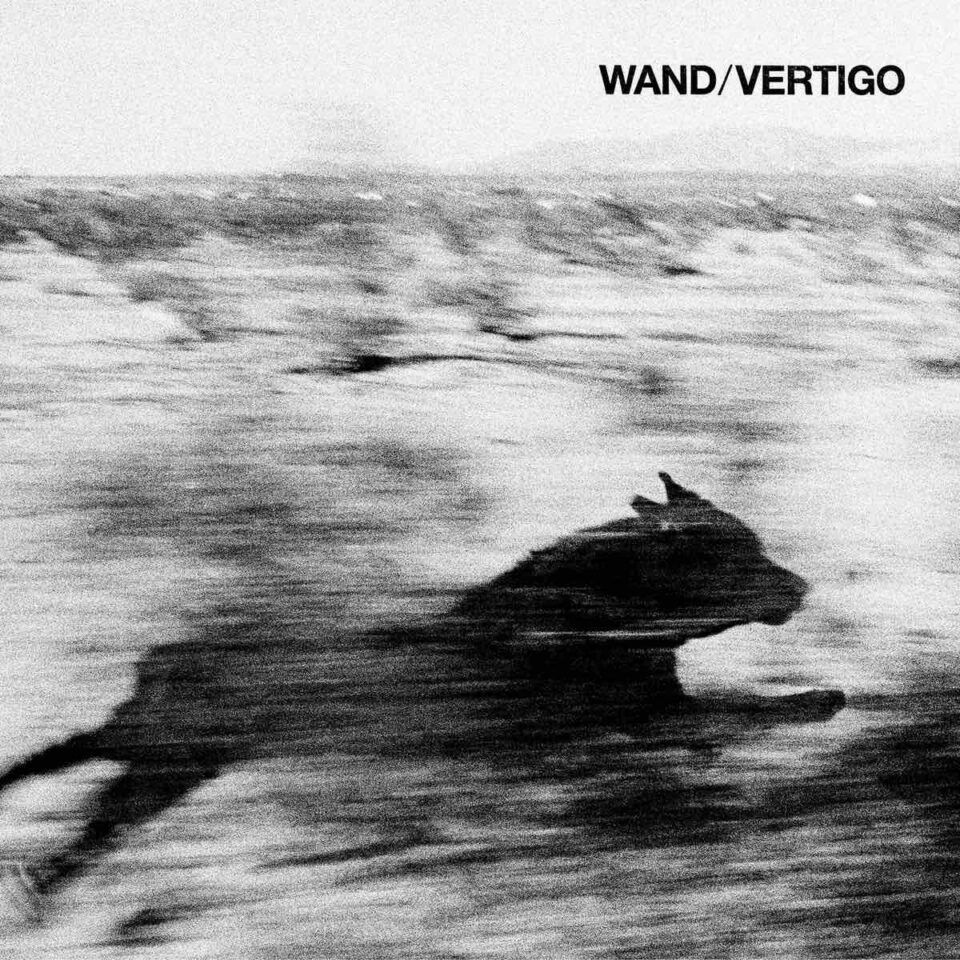 Death Cab for Cutie
Death Cab for Cutie
Kintsugi
ATLANTIC
5/10
There was no doubt that Kintsugi—Death Cab for Cutie’s first album after founding guitarist and frequent producer Chris Walla’s departure from the group—would be closely examined and dissected by fans and critics alike. And as the definition of the album title insinuates (“kintsugi” is a Japanese art form that entails fixing pottery in a way that highlights the cracks and scars), there are moments on the album that showcase a band—for better or worse—in transition. Death Cab shine brightest when they embrace a larger, indie anthem like the up-tempo “The Ghosts of Beverly Drive,” or lead single “Black Sun.” Unfortunately, on Kintsugi, the group’s time-tested strengths, including Ben Gibbard’s tender songwriting and vocals, seem to hurt more than help. Lyrics like “Was I in your way / When the cameras turned to face you? / No room in frame / For two” from album opener “No Room In Frame” provoke apathy from listeners as opposed to the message’s intended empathy. With nearly twenty years of experience and innovation behind them, and a changing lineup for the present, Kintsugi finds Death Cab for Cutie at a crossroads without a road map of how to truly progress into the future.









